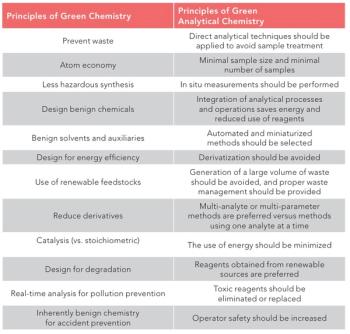
- Special Issues-12-01-2010
- Volume 0
- Issue 0
Polymer Char
Polymer Char, the world's leading polyolefin characterization company, is devoted to the development of state-of-the-art instrumentation for structural characterization of polyolefins.
Company Description
Polymer Char, the world's leading polyolefin characterization company, is devoted to the development of state-of-the-art instrumentation for structural characterization of polyolefins.
Chief Chromatographic Techniques Supported
- Molar mass distribution (high temperature GPC/SEC)
- High temperature HPLC for polyolefins (HT HPLC)
- Crystallization analysis fractionation (CRYSTAF)
- Temperature rising elution fractionation (TREF)
- Cross-fractionation chromatography (CFC)
- Crystallization elution fractionation (CEF)
- Xylene solubles analysis (CRYSTEX)
- Chemical composition distribution for quality control laboratories (CRYSTAF QC)
- Preparative fractionation
- Infrared detection for polyolefins
Markets Served
Polymer Char provides to the top polyolefin research laboratories worldwide, the leading petrochemical firms, and prestigious R&D Institutes or universities from all around the world. Its instruments are present in over 20 countries, within the Americas, Europe, Africa, the Middle East, and Asia.
Major Products/Services
The company offers the broadest range of instruments and analytical services for polyolefin characterization, highlighting:
- GPC-IR: the new generation of high temperature GPC, providing key-benefits, such as a separate column oven compartment, an automated in-line filtration, no solvent handling, no vials transfer, fully automated sample preparation, and multiple detectors (concentration and composition by IR4 or IR5 MCT, light scattering, and viscometer).
- GPC One Software: the most modern and comprehensive software platform for high temperature GPC calculations.
- CRYSTEX: automated and highly precise Xylene Solubles measurement with no solvents handling, including sample preparation and final cleaning.
- HT-HPLC: new developments in separation technology for low crystallinity or amorphous polyolefins, such as TG-IC (thermal gradient interaction chromatography), solvent gradient IC, or 2 dimensional chromatography (HPLC × SEC).
Facilities
Polymer Char is headquartered in the Valencia Technology Park of Spain, boasting a new 20,000-square-foot state-of-the-art complex that includes its corporate offices, production factilities, and one of the most modern polyolefin R&D laboratories in the world. Together with its official distributors, the company supplies, trains, and supports customers worldwide.
Polymer Char
Polymer Characterization, S.A.
Gustave Eiffel 8
Valencia Technology Park
E-46980, Paterna, Spain
TELEPHONE
+34 96 131 81 20
FAX
+34 96 131 81 22
WEB SITE
YEAR FOUNDED
1992
Articles in this issue
about 15 years ago
Phenomenexabout 15 years ago
MicroLiter Analytical Supplies, Inc.about 15 years ago
Pickering Laboratories, Inc.about 15 years ago
Bruker Daltonicsabout 15 years ago
Hitachi High Technologies America, Inc.about 15 years ago
Polymicro Technologiesabout 15 years ago
Analytical Sales & Services, Inc.about 15 years ago
J.G. Finneran Associates, Inc.about 15 years ago
KNAUERNewsletter
Join the global community of analytical scientists who trust LCGC for insights on the latest techniques, trends, and expert solutions in chromatography.




